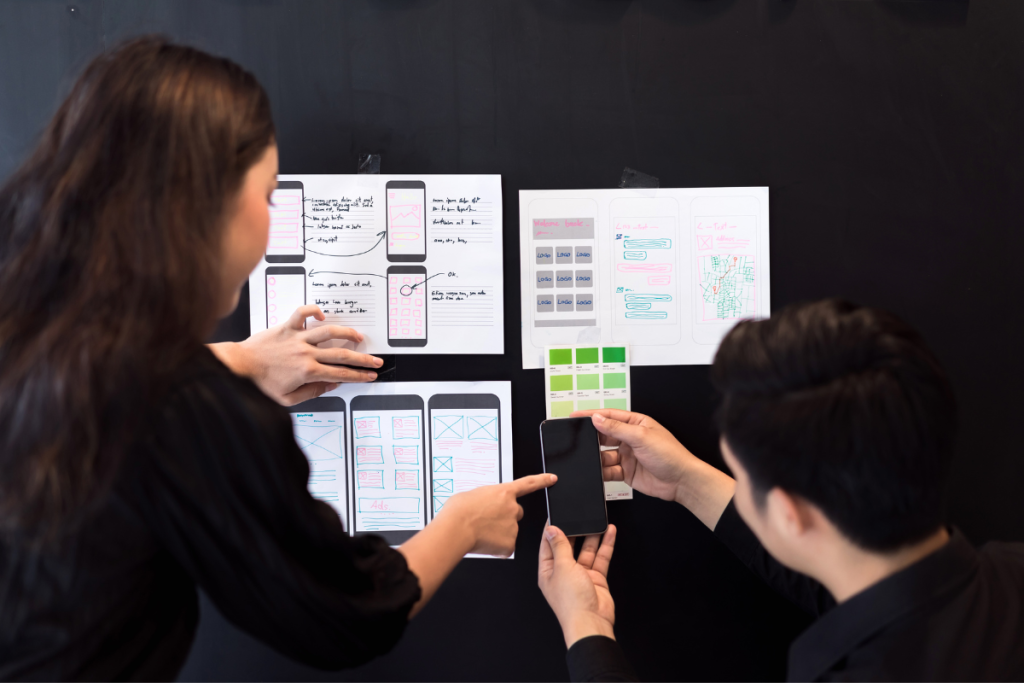Designing for the Scroll: UX That Sells

As digital behavior continues to evolve, one fact remains clear: people scroll. Whether it’s on social media, e-commerce sites, or news platforms, scrolling has become second nature. This shift presents unique challenges and opportunities for brands aiming to capture and retain attention. In this context, UX design plays a crucial role in determining whether a visitor stays engaged or moves on. Effective UX design can transform casual scrollers into loyal customers by creating experiences that are both intuitive and persuasive.
The endless scroll has fundamentally changed how users interact with content. Instead of clicking through pages or navigating complex menus, users now expect a continuous, fluid experience. While this behavior allows for more content exposure, it also means brands have only a few seconds to capture interest. Therefore, UX design must prioritize clarity, simplicity, and visual appeal to keep users engaged as they move through the content stream.
The Role of UX Design in Guiding User Attention
One of the primary functions of effective UX design is to guide user attention strategically. Since users can easily become overwhelmed by excessive information, designers must create a hierarchy that naturally directs the eye. Headlines, images, calls-to-action, and white space all work together to lead users toward desired actions. The more intuitive the layout, the more likely users are to stay engaged and complete conversions.
Additionally, micro-interactions can enhance engagement during scrolling. Small animations, hover effects, or interactive elements can break the monotony and provide subtle cues that encourage further exploration. These design choices keep the experience dynamic without overwhelming the user. However, balance is key—too many distractions can have the opposite effect and drive users away.
Visual Consistency and Brand Trust in UX Design
Consistency in UX design builds trust and reinforces brand identity. When users encounter a visually cohesive interface, they feel more confident navigating the site or app. Consistent fonts, colors, button styles, and iconography create a polished, professional appearance that signals reliability. This trust becomes especially important when users are considering a purchase or submitting personal information.
Moreover, mobile-first design is no longer optional. Since most scrolling happens on mobile devices, UX design must prioritize responsive layouts that adapt seamlessly to different screen sizes. Readable text, tappable buttons, and fast load times contribute to a smoother mobile experience, reducing friction and enhancing satisfaction.
Reducing Friction to Increase Conversions
Friction is the enemy of conversions. If users encounter obstacles while scrolling, such as slow-loading elements, confusing navigation, or intrusive pop-ups, they are more likely to abandon the experience. Effective UX design minimizes these barriers, allowing users to move effortlessly toward completing desired actions. Simplified forms, clear checkout processes, and transparent pricing all contribute to a frictionless journey that encourages conversion.
Furthermore, personalization can enhance scrolling experiences by delivering content tailored to user interests. Recommendations based on browsing history, targeted promotions, and dynamic content blocks create a sense of relevance that keeps users engaged. When done correctly, personalization feels helpful rather than invasive, further supporting conversion goals.
In a world dominated by endless scrolling, UX design has become a critical driver of business success. By focusing on clarity, consistency, and user-centered experiences, brands can create interfaces that not only look good but also sell effectively.